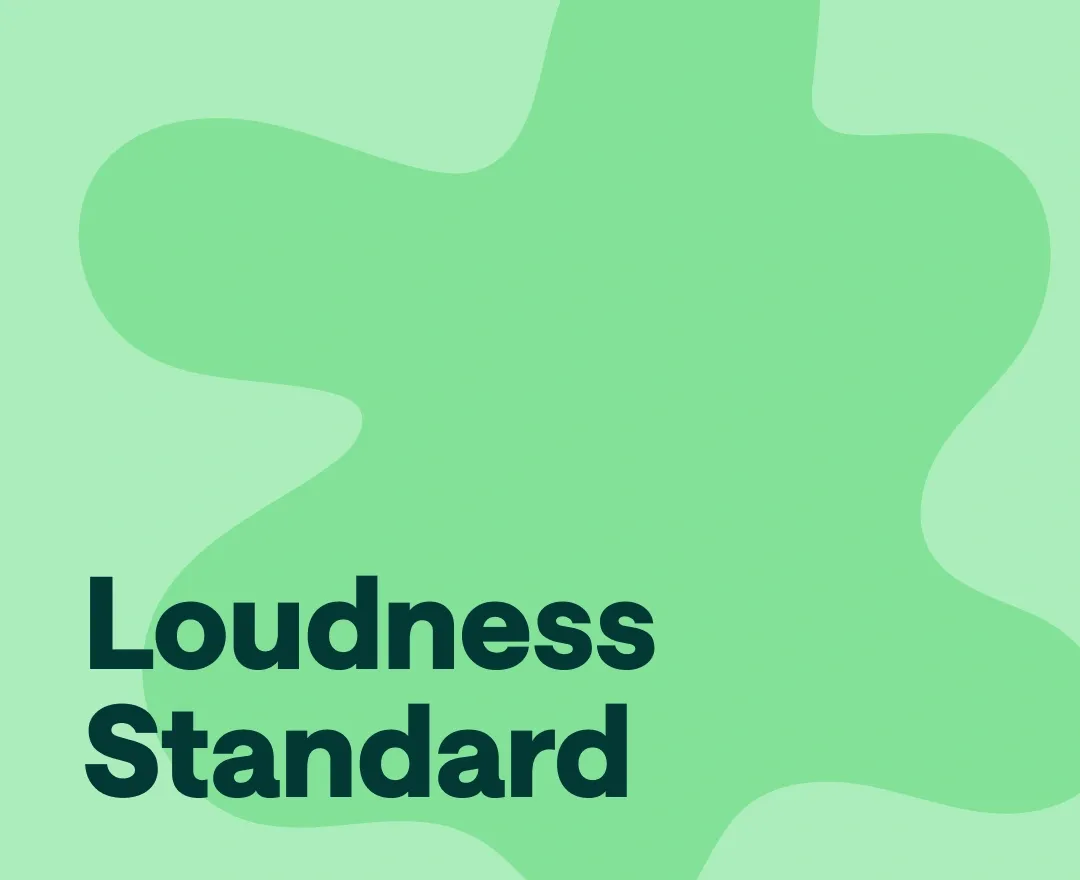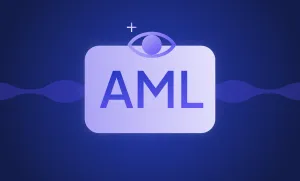When you’re comfily driving out of town on holiday and listening to the radio, you certainly don’t want someone speaking softly for the whole time suddenly yelling and hurting your eardrums through the speakers, do you? Neither does your podcast audience. But both of you have set the volume to a reasonable level and never touched it. That must mean the issue is on the farther side of the thread.
In short, they (whoever that might be) haven’t set the loudness level correctly or perhaps never bothered to adjust it in the first place. So how can you, as an avid podcaster, prevent such an annoying experience for your listeners? It’s simple, just spend some time correcting your podcast volume. Before that, however, you have to understand a few principles to be deliberate about it and avoid unwanted mistakes.
Why You Should Care About Loudness
We’ll get this out of the way first. The most straightforward answer is quality and your listeners’ experience. But what does that entail?
Firstly, your users should not adjust the volume because of your mistake as a Podcaster. You do want to avoid this if you’re serious about successful podcasting. But aside from that, mobile phones and other audio-producing equipment may not be able to correctly reproduce too quiet or too loud sounds, which, in extreme cases, may result in distortion and cause hearing damage.
Adhering to a standard podcast loudness throughout your show will also mark a note in your consistency, which the audience would most likely appreciate. Finally, you will be contributing your part to bringing peace to Loudness War.
Dynamic Range
Since the dynamic range and audio loudness are interconnected, it is essential to grasp both. While you would benefit yourself if you dig deeper into the concept of dynamic range and why it is important for your podcast, for this article, we’ll keep it short for now.
Dynamic range is the range between the quietest (noise floor) and loudest (peak level) parts of your audio and is expressed in decibels (dB). The more dynamic your piece of audio is, the more variation in the volume; thus, it is pleasing to the ear compared to audio tracks with low dynamics. Too much dynamic range, however, may hurt your audio and your audience’s experience.
LUFS
LUFS, in its turn, stands for Loudness Units Relative to Full Scale and is used to measure absolute loudness. It is the best way to measure the loudness of audio played on streaming services, radio, TV, film, etc. If you have already tried to post-produce your audio files on such software as Adobe Audition, you might have already come across LUFS and the numbers it is accompanied by. By setting the LUFS of your audio tracks, you set the range of its loudness (e.g., -14 LUFS).
Podcast Loudness Standard
Now that you are familiar with these, let’s talk about the loudness of your podcast. Straight away, while there are set loudness standards for films, television, and radio, which you can refer to in AES (Audio Engineering Society) Loudness Guidelines for OTT and OVD Content, found in Annex D, there is no framed podcast loudness standard. Don’t panic in disappointment, though. We do have some recommendations that might be very helpful. The most fitting would be AES Recommendation for Loudness of Audio Streaming and Network File Playback, which is for Podcasts if you’re confused by their formality. We’ll retrieve the parts that you need.
Podcast LUFS Standard
It's recommended that the target loudness not go over -16 LUFS “to avoid excessive peak limiting, and allow a higher dynamic range in a program stream,” and not go below -20 LUFS, which will “improve the audibility of streams on mobile devices.”
As for the dynamic range, it should not cross the limit of −1.0 dB TP (TP stands for True Peak) “to prevent clipping when using lossy encoders.” These recommendations are primarily based on research and study of common listening environments (cars, subways, urban traffic, etc.), generally typical for average podcast listeners.
As such, podcasters that produce audio fiction or audio drama might feel like this suggested range might be too constraining and limit the experience they can provide for their listeners. In this case, -7 dB TP peak level and -21 LUFS (BS1770 loudness standard) are believed to work better.
So, How Loud Should Your Podcast Be?
So, what is the verdict? What is the best way to make sure your podcast sounds great and is at a volume that will be pleasant for listeners?
Although there are no set-in-stone rules when it comes to podcast loudness standard, along with AES, we recommend aiming for around -20 to -16 LUFS. This loudness level will ensure your podcast sounds great on all devices and across different platforms. That being said, you may want to adjust the volume depending on your content and audience. If you have a particularly quiet show or one with sensitive information, you may want to consider going even lower. And if you have a lively, energetic program with lots of sound effects and music, you can probably get away with going a little louder. It’s also important to note that you should always use peak limiting and normalization to avoid clipping or distortion. Experiment until you find what works best for your particular show.








